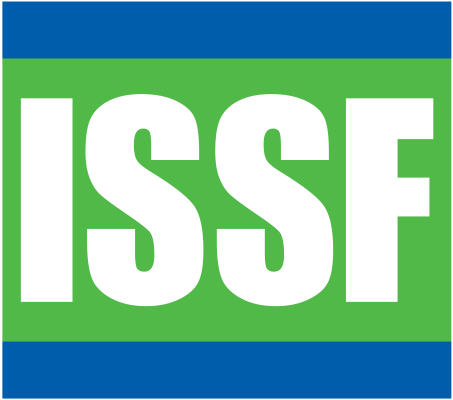International Organizations and Instruments
Tuna is an international resource: it can be caught in one country by a vessel flagged to another, processed in a third country, and consumed in a fourth. As a result, there are a great variety of organizations that shape the fishing process, from global (the United Nations), to regional (RFMOs), subregional (the parties to the Nauru Agreement in the western Pacific), and national (coastal and flag state) levels.
The United Nations Convention on the Law of the Sea (UNCLOS) established rules for the use of, and operation on, the world’s oceans. It governs all aspects of ocean space, such as demarcation, environmental control, marine research, commercial activities, and the settlement of disputes relating to ocean matters.
Here are the aspects of UNCLOS most relevant to tuna fishers:
- Coastal states have sovereign rights to their territorial sea (12 nautical miles), and to the resources in their exclusive economic zone or EEZ (200 nm).
- All states are allowed the traditional freedom of navigation, research, and fishing on the high seas, as well as “innocent passage” of their vessels through other Coastal states’ waters.
- All states undertaking activities that affect living marine resources on the high seas are obligated to adopt, or cooperate with other states in adopting measures to manage and conserve those resources.
In order to implement this last point, the United Nations Fish Stocks Agreement (UNFSA) was conceived. Specifically, UNFSA does the following:
- Establishes principles for the conservation and management of highly migratory fish stocks that must be based on the precautionary approach and the best available scientific information
- Requires the management of those other species in the same ecosystem that are affected by fishing activities (i.e., bycatch)
- Requires both coastal and distant water fishing States to ensure compatible conservation measures between EEZs and the high seas
- Specifies the duties of flag States to exert control over their fishing vessels
- Contains rules on the establishment of RFMOs, including the obligation of fishing states to become members and comply with all measures
There is some variation among the RFMOs' conservation and management measures, but the primary mechanisms used are these:
- Catch and/or effort limits
- Catch and/or effort reporting
- Spatial and/or temporal closures, and gear restrictions
- Controls on at-sea transshipments
- Observer and Vessel Monitoring System (VMS) requirements
- Scientific data provisioning, reporting, and handling
Each RFMO has different ways of tackling these subjects, but in all cases, high levels of monitoring and compliance are key to successful management. Without compliance, excess catch drives down fish stocks, poor reporting and data provisioning prevents accurate assessment, and violating closures or observing requirements weakens necessary protections. Decisions about stock assessments, catch limits, and management strategies are only as good as the quality of data received by the RFMOs’ scientists, and vessels play a critical role in this process.
ISSF has compiled an online database that lists all measures for each tuna RFMO. Measures can be sorted by RFMO, keyword, year, or other parameters. Given the dozens of requirements active in any given region, this database is a useful tool for identifying those measures that apply to the vessel’s gear type.
For example, longline at-sea transshipment is generally permitted only for large-scale longliners with carrier vessels that participate in a regional observer program. To determine the particular requirements of the RFMO in which the vessel fishes, you can search for the term “transshipment” in the ISSF RFMO database to find the applicable measure. An example for purse seine fishing would be to search the database for RFMO data collection requirements for FADs (fish aggregating devices), which now exist in the IOTC, IATTC and ICCAT.
These conservation and management measures are then implemented in the various flag and coastal states’ laws and regulations. Fishers must be familiar with both the vessel’s flag state’s laws and the laws of the coastal state in which they are fishing. Each tuna RFMO’s major conservation and managements measures relevant to both purse seine and longlining are noted below. However, the descriptions below are not exhaustive and should be used only as supplemental summary information to the detailed requirements contained in the RFMO conservation and management measures. For instance, some RFMOs require the completion of statistical or catch documentation forms, transshipment declarations, or other kinds of certificates for landing, import and/or re-export of certain tuna species. Fishers are encouraged to contact their flag state for more information on the applicable requirements for the RFMO in which they are fishing, and consult the ISSF RFMO database for the full text of the measures.
ISSF RFMO Database
ISSF has compiled a database that lists all measures for each tuna RFMO. http://iss-foundation.org/knowledge-tools/databases/rfmo-management-database/.
In this example, shark is in the search field http://iss-foundation.org/knowledge-tools/databases/rfmo-management-database/

